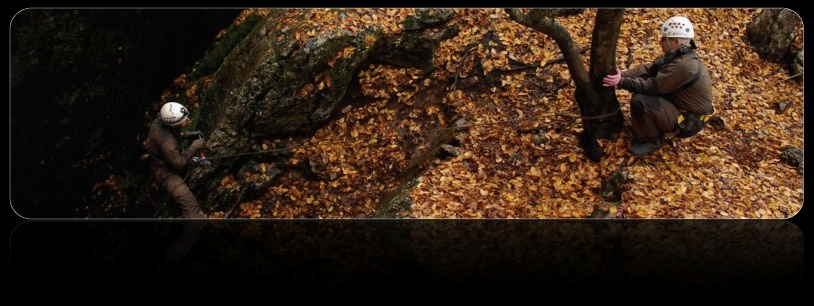In the middle of the nineteenth century the exploration of caves was still only a part of the other kinds of sciences (geography, geology or archaeology). French scientist Edward Alfred Martel (originally Édouard – Alfred Martel) is called a “father” of the modern speleology – in 1895 he has founded the first caving organization in the world.
The deepest caves in the world:
1. Krubera – Voronya (West Caucasus): – 2191 m;
2. Sarma (West Caucasus): – 1760 m;
3. Ilyuziya – Mezhonogo – Snezhnaya (West Caucasus): – 1753 m;
4. Lamprechtsofen Vogelschacht (Austria): – 1632 m;
5. Gouffre Mirolda / Lucien Bouclier (France): – 1626 m.

